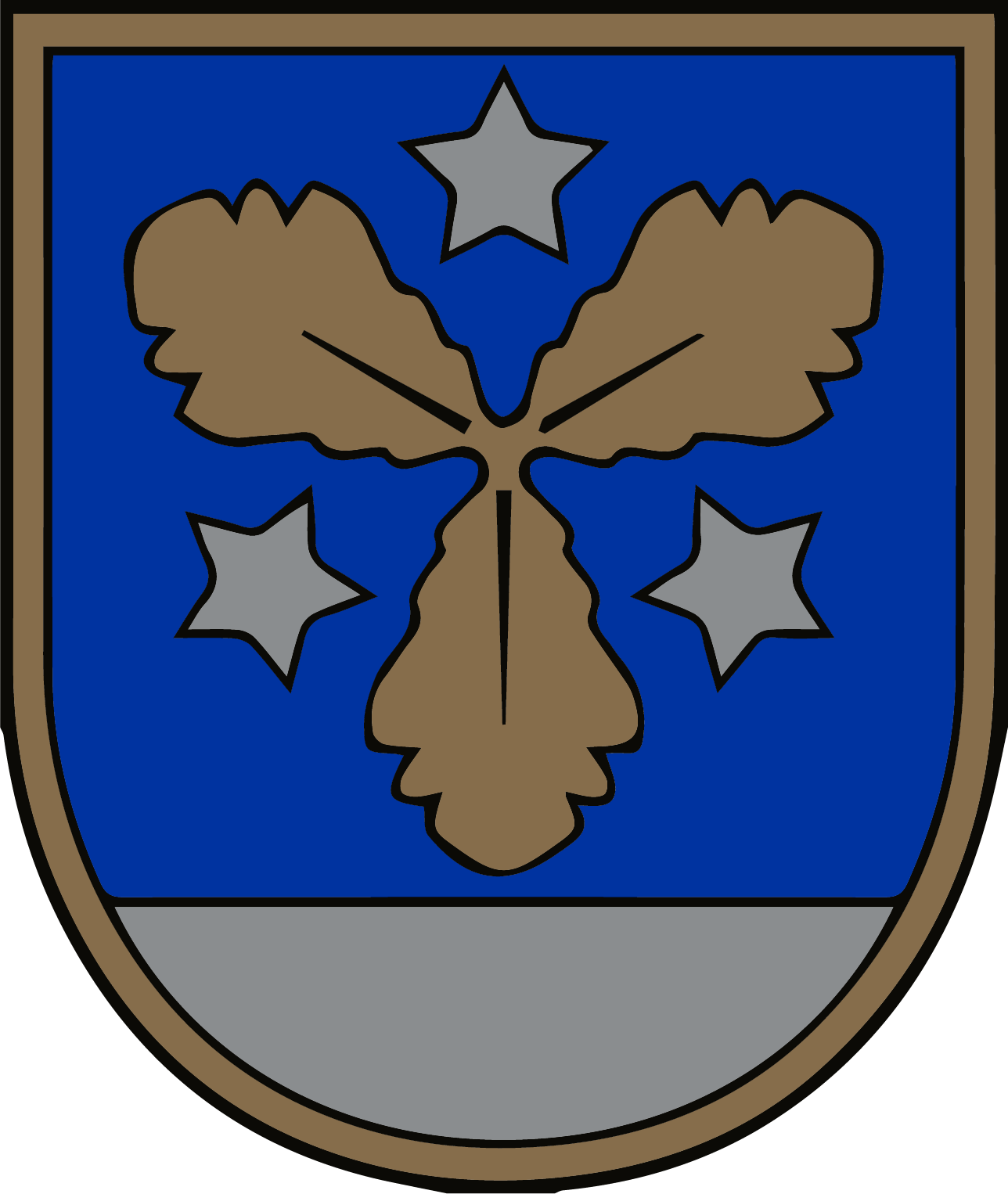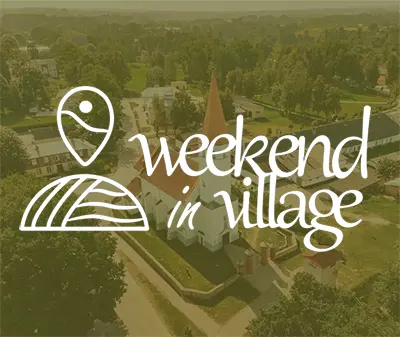Sacred heritage in the Pļaviņas region – where spirit, history, and architecture meet
08.04.2025
The sacred sites in Pļaviņas and its surroundings are more than just churches – they are places with stories, where spirituality intertwines with the twists of history and remarkable architecture. These places hold evidence of the resilience, faith, and cultural history of the local people, shaping the identity of the Pļaviņas region. We invite you to travel slowly, with respect and curiosity – because sacred places are not only to be seen, but also to be felt. Come and explore the churches and sacred sites!
- Pļaviņas Roman Catholic Church
The parish was formed in the 1930s, but for a long time, services were held in the chapel of the Latvian Army and later in a private home. Thanks to the perseverance of the local people and the support of the Lutheran parish, Catholics regained the opportunity to gather in Pļaviņas. In 2003, construction of the church began by converting a former warehouse at 47 Raiņa Street. In 2007, the new church was consecrated!
- Pļaviņas St. Peter's Lutheran Church
The dolomite stones that form the church walls give the building a special visual appeal and create harmony with the surroundings. Its construction was initiated in 1911 by Baron R. Nolde of Stukmani Manor, but during World War I the church was destroyed and temporarily used as a horse stable. In 1920, under the leadership of the parish women’s committee head M. Lapiņa, restoration work began, and by October 31, 1921, the renewed church was consecrated. Interestingly, the church tower is placed asymmetrically – one of the rare examples of such design in Latvia.
- Gostiņi Lutheran Church
This cross-shaped structure in the late Classicist style stands out with its low tower topped by a semicircular dome. Inside, there is a rare feature in Latvia – a pulpit-altar, a combination of altar and pulpit. The church was built in the early 19th century, replacing the old wooden church. During World War II, it was heavily damaged but has since been restored and continues to welcome visitors and passersby.
- Lokstene Shrine
On an island in the middle of the Daugava River, opposite “Liepkalni,” rises a modern sacred site honoring Latvian spiritual traditions. The shrine hosts seasonal celebrations, spiritual gatherings, life-cycle rituals, and national holiday events. It is open for visits from May to November, with access provided by raft or boat. In 2024, the shrine was included in the list of the world’s sacred sites!
- Vietalva Lutheran Church
Built in 1814, this church combines elements of Classicism, Baroque, and Gothic styles, creating an architecturally rich impression. Its interior was particularly notable for the artistically crafted organ woodcarvings. During World War II, the church was heavily damaged and for a time served as a war museum. In the 1990s, the parish regained its church and resumed regular services.
Information prepared by Plavinas Tourism Information Point, Daugavas iela 49, Plavinas.
- Aizkraukle municipality and Koknese Tourism Information centre
1905. gada iela 7, Koknese
(+371) 29275412, (+371) 65161296 - Aizkraukle Tourism Information point
Lāčplēša iela 4, Aizkraukle
(+371) 25727419 - Jaunjelgava Tourism Information point
Jelgavas iela 33, Jaunjelgava
(+371) 27366222 - Pļavinas Tourism Information point
Daugavas iela 49, Pļaviņas
(+371) 22000981 - Skrīveri Tourism Information Point
Daugavas iela 85, Skrīveri, Skrīveru pagasts
(+371) 25661983 - Staburags Tourism Information point
Staburaga saieta nams, 2. stāvs, Staburags, Staburaga pagasts
(+371) 29892925 - Nereta Tourism Information point
Dzirnavu iela 5, Nereta, Neretas pagasts
(+371) 26674300 - Mazzalve Tourism Information point
Skolas iela 1, Ērberģe, Mazzalves pagasts
(+371) 26156535 - Irši Manor Barn - Magazina
Irši, Iršu pagasts
(+371) 26344757











